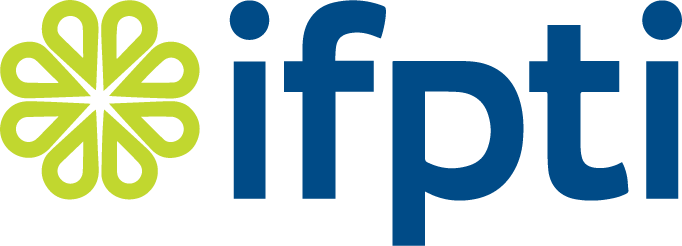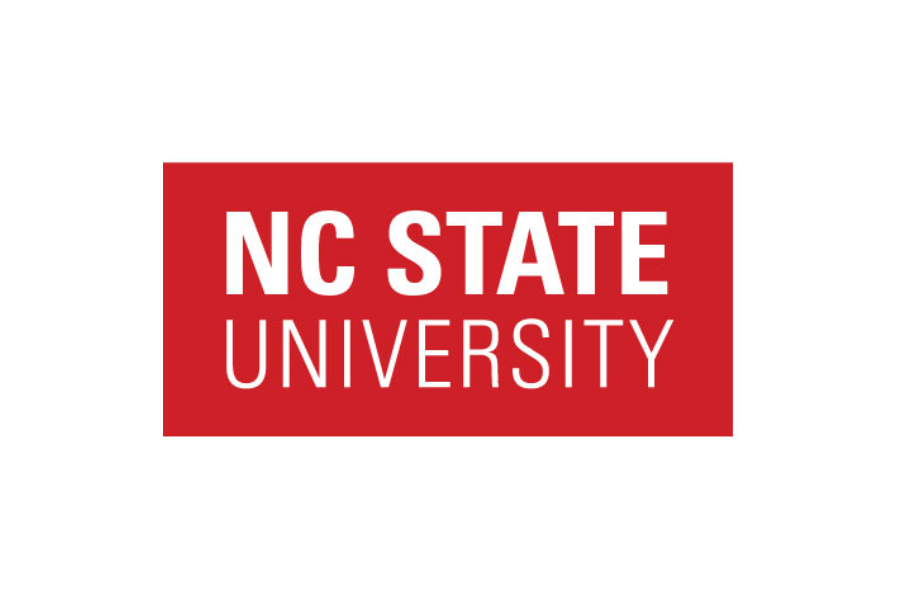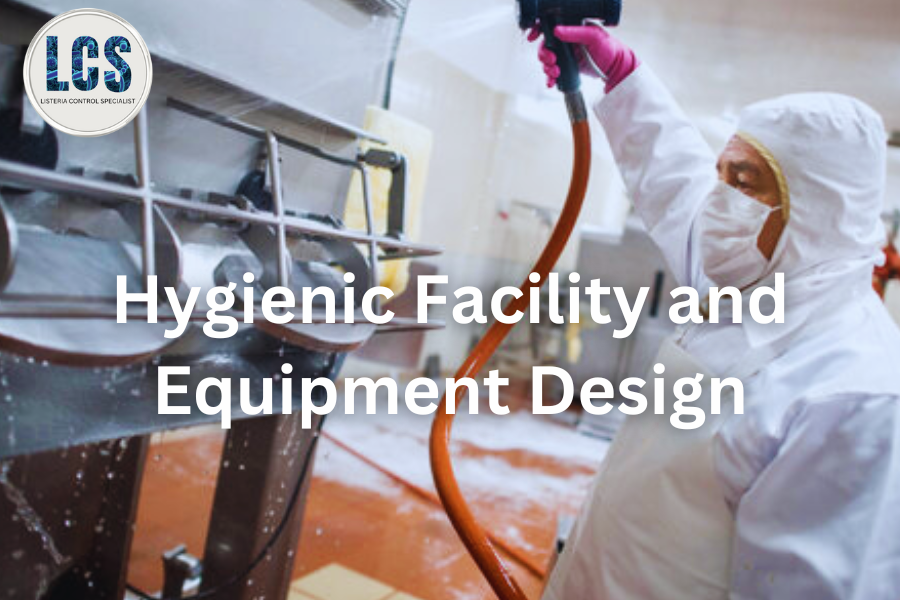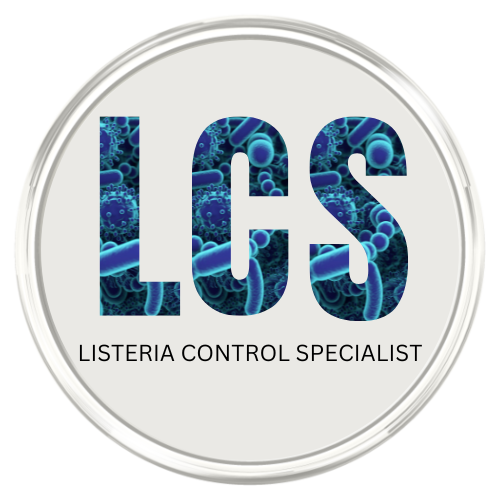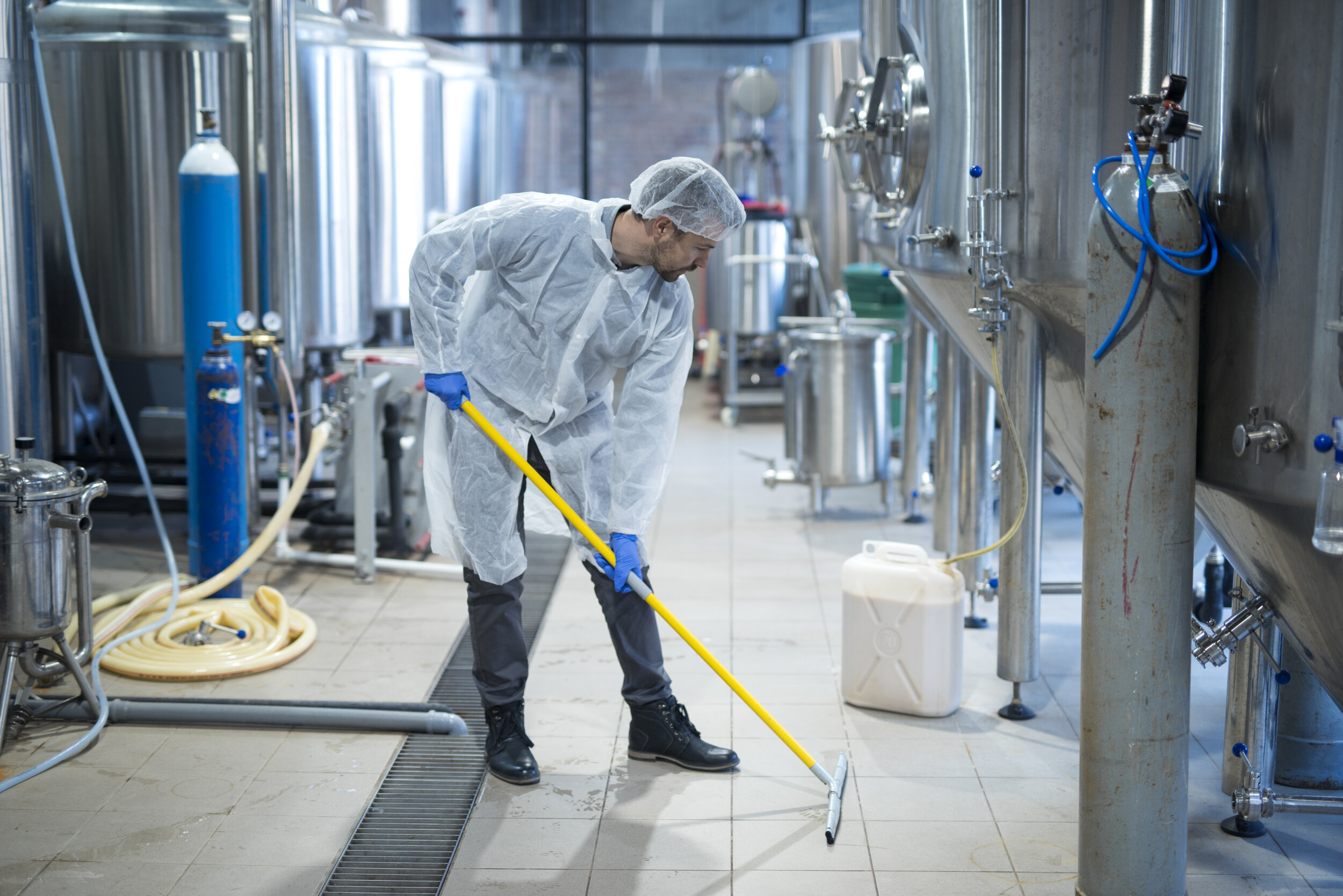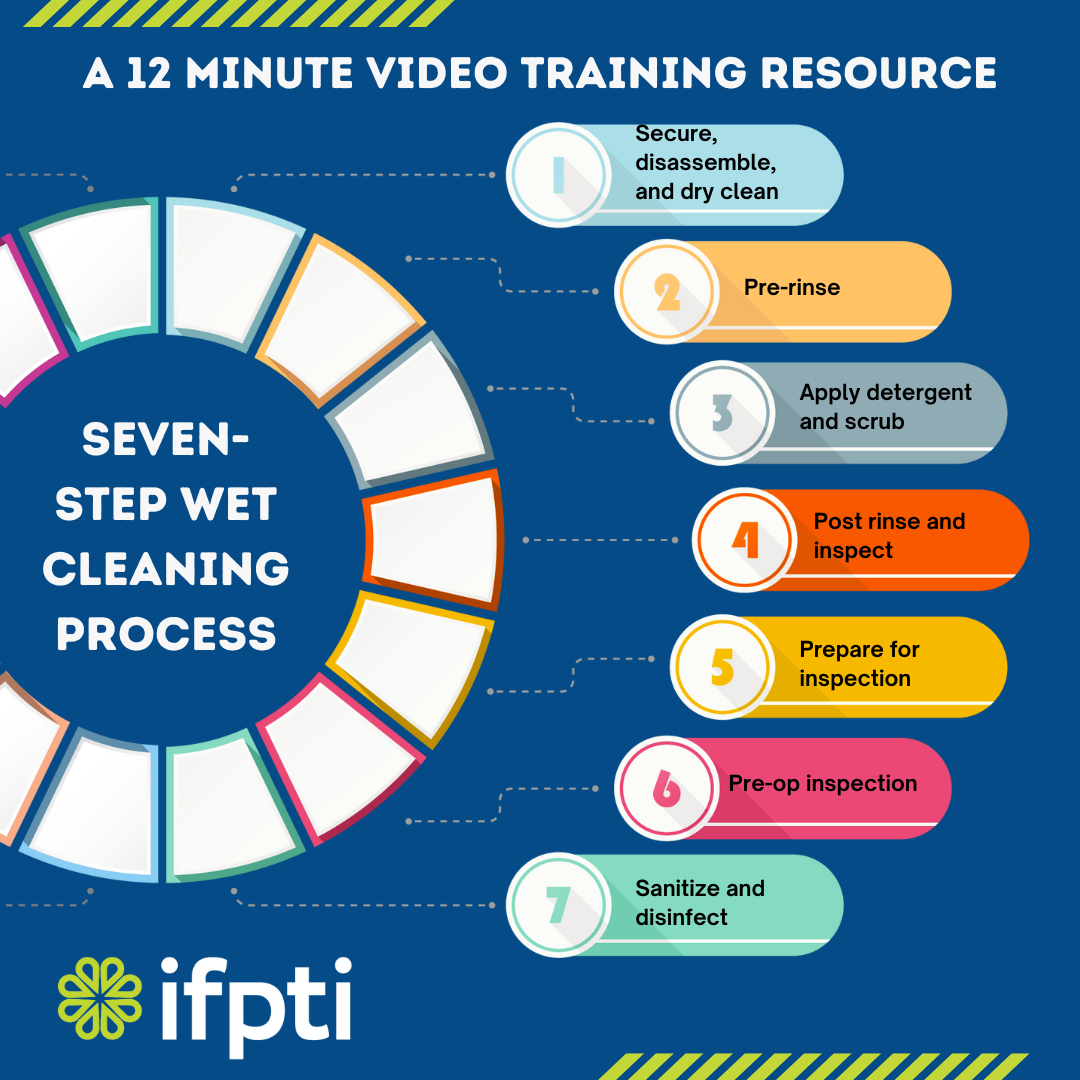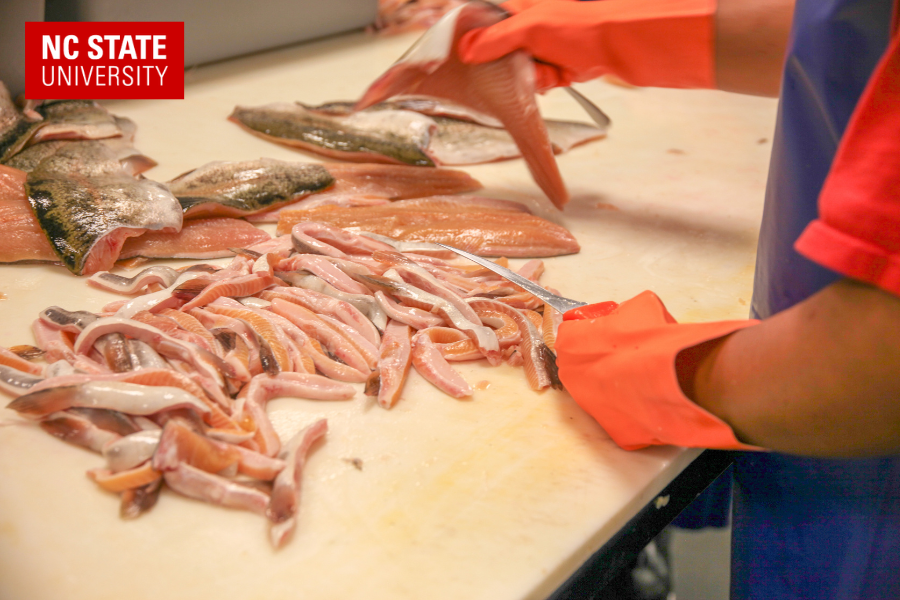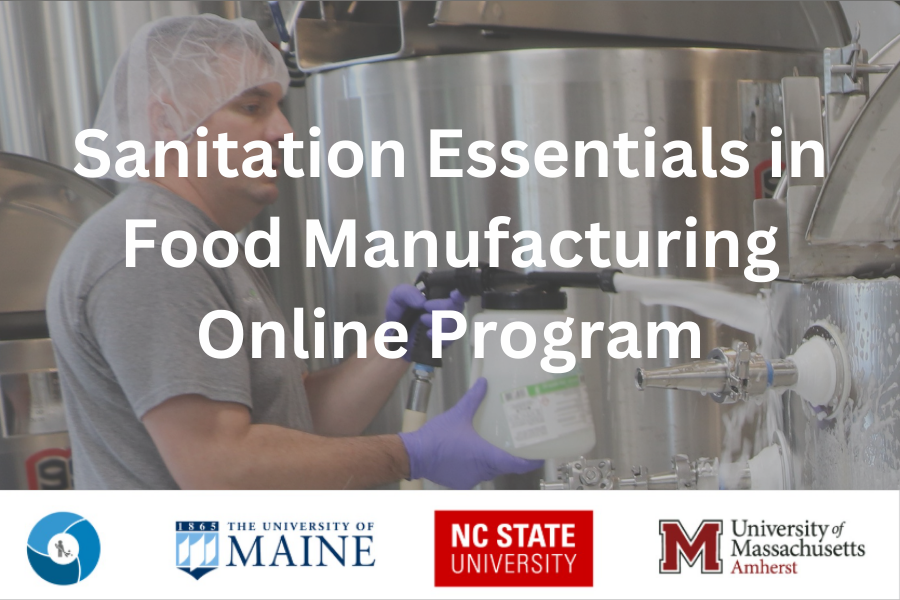 Image 1 of 3
Image 1 of 3

 Image 2 of 3
Image 2 of 3

 Image 3 of 3
Image 3 of 3




Sanitation Essentials in Food Manufacturing Online Program
This self-paced, online curriculum was developed to assist small processors with sanitation training. It was developed by a collaborative group from the University of Maine, University of Massachusetts Amherst, and NC State University. There is a series of six courses, each of which consists of an interactive learning module with professional voiceover, and video:
Introduction to Sanitation
Cleaning and Sanitation Tools and Supplies
Water for Cleaning and Sanitation
Chemicals for Cleaning and Sanitation
Sanitation Documentation
Sanitation Monitoring and Verification
The courses are self-paced, which means you may begin, pause, continue, and finish the course at whatever schedule suits your needs. The course will remember where you left off. A certificate of completion will be available to you after you successfully complete each course and a program certificate once all six have been completed.
Course outlines:
1. Introduction to Sanitation: Students will be able to:
Identify the benefits of maintaining a sanitation program
Identify the difference between cleaning and sanitizing
Identify the basic steps of cleaning and sanitizing
Identify examples of manual, clean-in-place, and clean-out-of-place sanitation processes
Distinguish between wet and dry sanitation programs
2. Cleaning and Sanitation Tools and Supplies: Students will be able to:
Distinguish between the cleanliness or hygiene standards for low, medium, and high hygiene areas
Distinguish between a food-contact surface and a non-food-contact surface
Identify the appropriate utensils and equipment for cleaning a food contact surface and non-food contact surface
Explain and implement the concept of color-coding tools
3. Water for Cleaning and Sanitation: Students will be able to:
Identify regulatory standards for water used in food processing
Identify how and when to test water for its suitability for use in food processing
4. Chemicals for Cleaning and Sanitation
Select appropriate cleaning and sanitation chemicals for food and non-food contact surfaces
Identify types of soil or debris on surfaces
Describe secure and safe storage of cleaning and sanitation chemicals
Identify who is allowed to handle certain chemicals
5. Sanitation Documentation: Students will be able to:
Identify the components of a Sanitation Standard Operating Procedure
Identify how often to perform sanitation procedures using a risk-based approach
Identify the core components of a master sanitation schedule
Identify which surfaces need an SSOP in a given facility
6. Sanitation Monitoring and Verification: Students will be able to:
Identify best practices for cleaning and sanitizing monitoring activities
Identify what is to be written or entered and kept in sanitation records
Identify which environmental monitoring method to use in a given scenario
Determine corrective actions when given test results of general sanitation monitoring
Define verification
Identify best practices for cleaning and sanitizing verification activities
Review documentation and make observations to determine whether the cleaning and sanitation program is being implemented as designed
This self-paced, online curriculum was developed to assist small processors with sanitation training. It was developed by a collaborative group from the University of Maine, University of Massachusetts Amherst, and NC State University. There is a series of six courses, each of which consists of an interactive learning module with professional voiceover, and video:
Introduction to Sanitation
Cleaning and Sanitation Tools and Supplies
Water for Cleaning and Sanitation
Chemicals for Cleaning and Sanitation
Sanitation Documentation
Sanitation Monitoring and Verification
The courses are self-paced, which means you may begin, pause, continue, and finish the course at whatever schedule suits your needs. The course will remember where you left off. A certificate of completion will be available to you after you successfully complete each course and a program certificate once all six have been completed.
Course outlines:
1. Introduction to Sanitation: Students will be able to:
Identify the benefits of maintaining a sanitation program
Identify the difference between cleaning and sanitizing
Identify the basic steps of cleaning and sanitizing
Identify examples of manual, clean-in-place, and clean-out-of-place sanitation processes
Distinguish between wet and dry sanitation programs
2. Cleaning and Sanitation Tools and Supplies: Students will be able to:
Distinguish between the cleanliness or hygiene standards for low, medium, and high hygiene areas
Distinguish between a food-contact surface and a non-food-contact surface
Identify the appropriate utensils and equipment for cleaning a food contact surface and non-food contact surface
Explain and implement the concept of color-coding tools
3. Water for Cleaning and Sanitation: Students will be able to:
Identify regulatory standards for water used in food processing
Identify how and when to test water for its suitability for use in food processing
4. Chemicals for Cleaning and Sanitation
Select appropriate cleaning and sanitation chemicals for food and non-food contact surfaces
Identify types of soil or debris on surfaces
Describe secure and safe storage of cleaning and sanitation chemicals
Identify who is allowed to handle certain chemicals
5. Sanitation Documentation: Students will be able to:
Identify the components of a Sanitation Standard Operating Procedure
Identify how often to perform sanitation procedures using a risk-based approach
Identify the core components of a master sanitation schedule
Identify which surfaces need an SSOP in a given facility
6. Sanitation Monitoring and Verification: Students will be able to:
Identify best practices for cleaning and sanitizing monitoring activities
Identify what is to be written or entered and kept in sanitation records
Identify which environmental monitoring method to use in a given scenario
Determine corrective actions when given test results of general sanitation monitoring
Define verification
Identify best practices for cleaning and sanitizing verification activities
Review documentation and make observations to determine whether the cleaning and sanitation program is being implemented as designed
This self-paced, online curriculum was developed to assist small processors with sanitation training. It was developed by a collaborative group from the University of Maine, University of Massachusetts Amherst, and NC State University. There is a series of six courses, each of which consists of an interactive learning module with professional voiceover, and video:
Introduction to Sanitation
Cleaning and Sanitation Tools and Supplies
Water for Cleaning and Sanitation
Chemicals for Cleaning and Sanitation
Sanitation Documentation
Sanitation Monitoring and Verification
The courses are self-paced, which means you may begin, pause, continue, and finish the course at whatever schedule suits your needs. The course will remember where you left off. A certificate of completion will be available to you after you successfully complete each course and a program certificate once all six have been completed.
Course outlines:
1. Introduction to Sanitation: Students will be able to:
Identify the benefits of maintaining a sanitation program
Identify the difference between cleaning and sanitizing
Identify the basic steps of cleaning and sanitizing
Identify examples of manual, clean-in-place, and clean-out-of-place sanitation processes
Distinguish between wet and dry sanitation programs
2. Cleaning and Sanitation Tools and Supplies: Students will be able to:
Distinguish between the cleanliness or hygiene standards for low, medium, and high hygiene areas
Distinguish between a food-contact surface and a non-food-contact surface
Identify the appropriate utensils and equipment for cleaning a food contact surface and non-food contact surface
Explain and implement the concept of color-coding tools
3. Water for Cleaning and Sanitation: Students will be able to:
Identify regulatory standards for water used in food processing
Identify how and when to test water for its suitability for use in food processing
4. Chemicals for Cleaning and Sanitation
Select appropriate cleaning and sanitation chemicals for food and non-food contact surfaces
Identify types of soil or debris on surfaces
Describe secure and safe storage of cleaning and sanitation chemicals
Identify who is allowed to handle certain chemicals
5. Sanitation Documentation: Students will be able to:
Identify the components of a Sanitation Standard Operating Procedure
Identify how often to perform sanitation procedures using a risk-based approach
Identify the core components of a master sanitation schedule
Identify which surfaces need an SSOP in a given facility
6. Sanitation Monitoring and Verification: Students will be able to:
Identify best practices for cleaning and sanitizing monitoring activities
Identify what is to be written or entered and kept in sanitation records
Identify which environmental monitoring method to use in a given scenario
Determine corrective actions when given test results of general sanitation monitoring
Define verification
Identify best practices for cleaning and sanitizing verification activities
Review documentation and make observations to determine whether the cleaning and sanitation program is being implemented as designed
